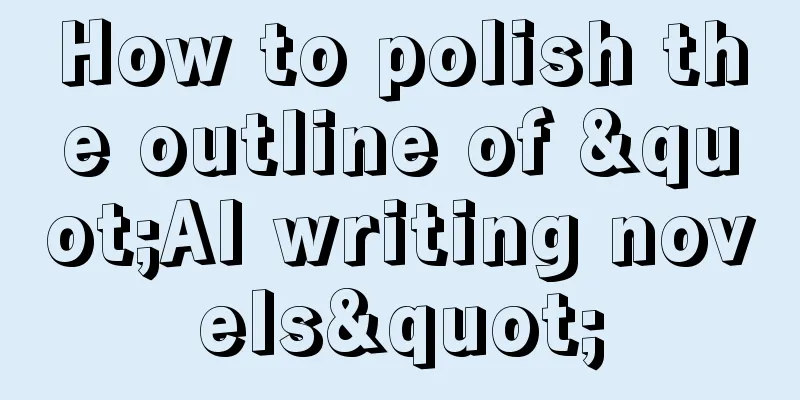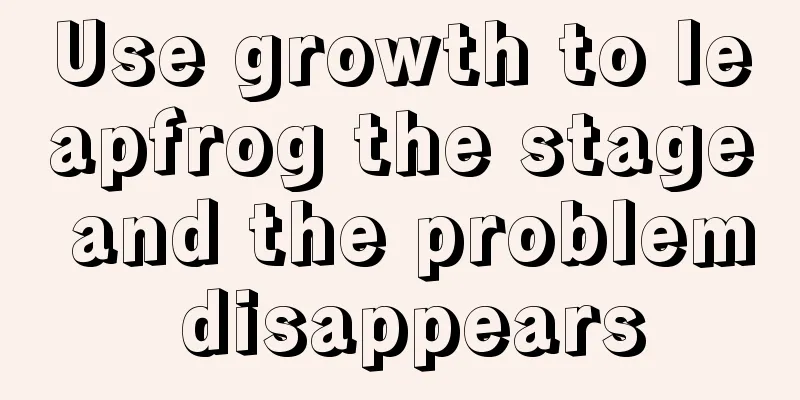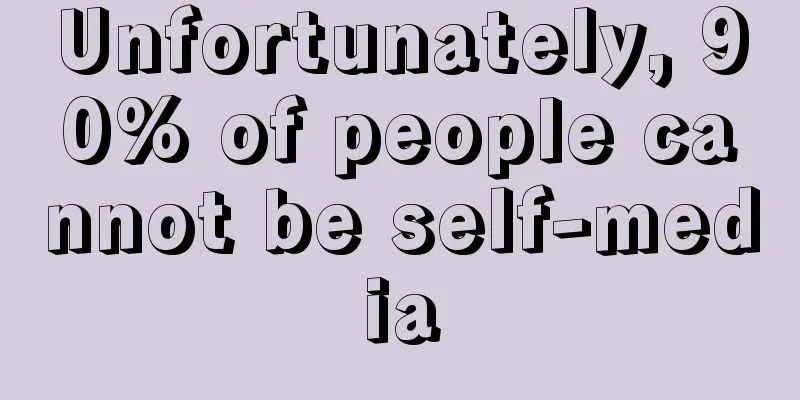How to polish the outline of "AI writing novels"

At this stage, if you want to use AI to write a good story, you still have to conceive it step by step, and it cannot be completed with one click. And polishing the outline is a very critical step. Most of the time, the outlines given directly by AI are unqualified - the plot is bland, the story is shallow, and the logic of the characters' actions cannot stand up to scrutiny... At this time, how can we guide AI to revise the outline and polish the story? It is not difficult to find that this is not a problem of applying AI, but a problem of story creation. Since it is a problem of story creation, the answer is naturally sought in the method of story creation. The "Snyder Beat Sheet" given by the late Blake Snyder in "Save the Cat" is a very classic story construction method. It can guide us to better control the rhythm of the story and guide us to better control the plot direction of each beat. The structure of the Snyder beat sheet is as follows:
So, can we just give this structure to AI and let it adjust the outline according to this structure, and everything will be fine? We can try it out. For example, AI and I have already determined the following story ideas (generated by AI):
We can first ask whether the AI understands the Snyder beat sheet:
Kimi is used here. It seems that AI has already learned the relevant knowledge. Then it is simple. Just let AI refer to this structure to optimize the outline. Ask a Question
Kimi
From the answers, we can easily see that although AI knows the relevant creation tools, it does not really understand how to use them. The outline generated in this way only fits the structure into it, without much substantive plot. The application is extremely superficial, and the structure of the story is still not revealed. This result is actually expected, as constructing a story is a complex process in itself. It can be seen that the key to polishing the outline with AI is actually our existing ideas, knowing how to act and what the evaluation criteria are. We must first understand the method, and then we can guide AI to complete the outline step by step. So, how can we use the Snyder beat sheet to collaborate with AI to polish the outline? In my practice, the most simplified process can be divided into the following 4 steps (different stories will be different, this is not a standard process, just for your reference): Step 1 | Find a Topic It is crucial to know what we want to express. Only when we know the theme of the story clearly can we judge what kind of test to give the protagonist and what kind of dilemma to let the protagonist make a choice in. In this way, the plot will not be like a pile of loose sand, but can be put together more systematically. For example, in the example above, since the story lacks the guidance of the theme, the plot given by AI is one moment encountering a mysterious passenger, another moment encountering a girl with amnesia, and another moment losing the job. It is impossible to judge whether such a plot arrangement is reasonable. Of course, once the theme is set, it doesn’t mean it can’t be changed. As the outline becomes clearer, we may come up with new ideas later, and we may need to go back and change the theme and plot direction, which is totally fine. Step 2 | Determine the three-act division The Snyder beat sheet is a typical three-act structure. Once we have found the theme, we can start planning the general direction of the story. What was the protagonist's original life like? What was his final outcome? These two questions point directly to the first and third acts, while the second act is about the twists and turns experienced in the process. At this point, the story ideas generated by AI have probably already explained the world that the protagonist lives in during the first act, which is a good starting point. We don’t need to determine all 15 beats in the beat sheet at this step, we just need to roughly determine the opening scene, the connection point of the second act, the ending, and the final scene. Step 3 | Design the Midpoint and B Story The midpoint is right in the middle of the story, when the protagonist experiences a false victory or false defeat. The B story is a test of the theme, presenting it from another perspective. I personally think that the opening, midpoint, and ending are like a tripod that supports the story, and the B story makes the main storyline more three-dimensional. With these beats, the story framework is almost clear. In other words, after completing this step, the story framework is basically set. In these three steps, AI may or may not be able to give us inspiration. I have tried to let AI generate an outline by combining the theme and creativity. Sometimes AI's performance is very good and can be adopted directly. Sometimes AI's performance in the first three steps is mediocre, and it all depends on my improvisation. Step 4 | Expand the story After deciding on the theme, opening, B story, midpoint, and ending, the next thing to do is to work with AI to fill in the details, just like filling a skeleton with flesh and blood. This work is a bit like connecting dots to make a picture, and you slowly polish it with AI and modify it bit by bit. As for whether to fill all the 15 beats, I didn’t do it so strictly. I can try it next time, haha! The above are some of my thoughts on using AI to write novels and polish the outline. Let me reiterate that this is not a standard process. Thoughts are free, and it is very likely that sudden inspiration will break these steps. From the perspective of story creation, my approach is definitely very rough and can only be used as a simplified version. In actual operation, you need to refine it based on your own understanding. Of course, different people will have different ideas, and there is actually no fixed rule. The key is that Snyder's beat sheet provides us with a very good methodology, which is suitable for combining with AI to polish the outline. |
<<: Changes in the live streaming ecosystem: New game between super anchors, platforms and merchants
>>: Brand No. 1: 24 business rules
Recommend
Eating oranges in the bath: monkeys in the rainforest fight absurdity with absurdity
They are not playing a prank, nor are they crazy, ...
How to do cross-border e-commerce in Russia? What platforms are there?
Now is the era of globalization. Some friends want...
How to build a content evaluation system for entertainment platforms?
Editor's note: Nowadays, content is an importa...
Data-driven operation: AIPL model principle and user-tiered operation application scenarios
This article describes the AIPL model and the case...
Only selling bucket noodles on Douyin, with sales of 1 million orders!
An account selling bottled noodles shot more than ...
How to advertise on Amazon variants? How to advertise?
Merchants who have opened stores on Amazon should ...
Three leaps in the growth of a data analyst
This article explores the key stages of career dev...
Which international logistics company is the cheapest? Detailed analysis
Sometimes we do cross-border business or go abroad...
MINISO "mails" to Altay, and scene marketing reaches new heights
MINISO creates immersive experiences and emotional...
What are the delivery procedures on the Wish platform? What are the methods?
The most important thing for everyone doing cross-...
Xiaohongshu gained over 490,000 followers in one week. I summarized N notes on increasing followers that even newbies can use!
How can a newbie on Xiaohongshu quickly increase h...
6 popular article templates on Xiaohongshu|Just follow them [Industry templates V3.0]
Industry templates are the fastest way to create a...
How to pay with domestic bank cards on eBay? What are the payment methods?
Now many friends want to do cross-border e-commerc...
Video Account launches another “big move”, will Tencent’s “e-commerce dream” be one step closer?
WeChat Video Account's actions in the e-commer...
Taobao integrates with WeChat Pay, and Alibaba and Tencent are interconnected again
As the barriers between Internet giants gradually ...









